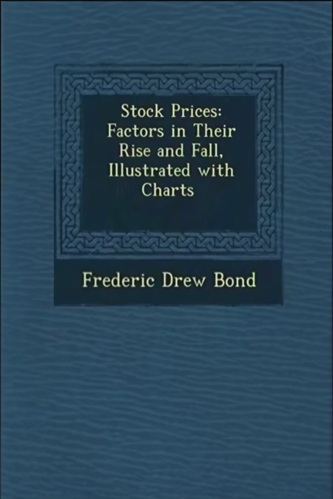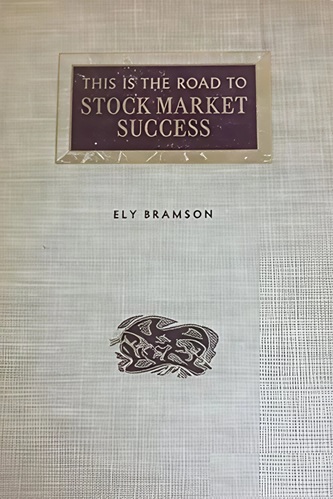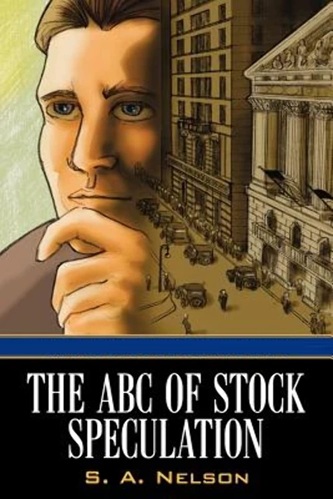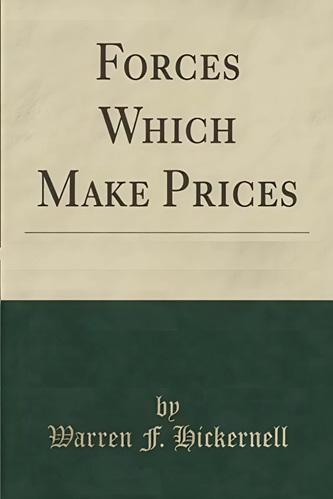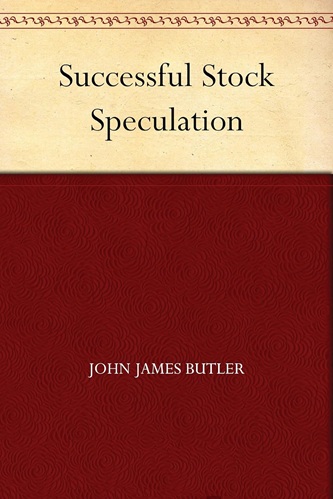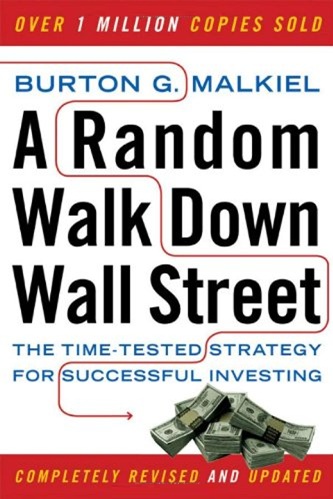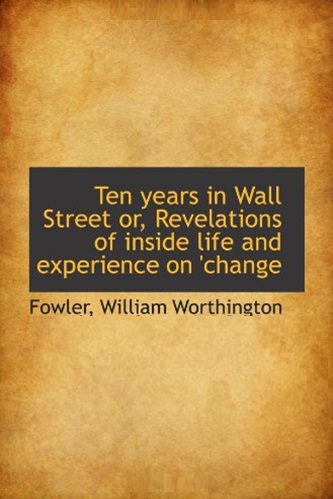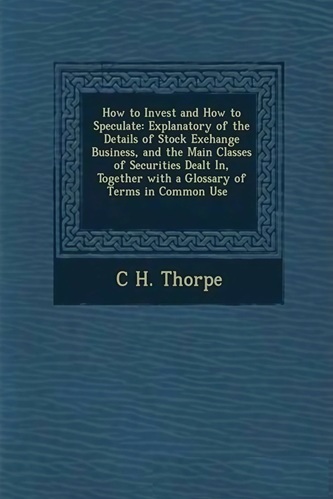Stock Prices: Factors In Their Rise And Fall
$17.59
| Author(s) | |
|---|---|
| Product Type |
Ebook |
| Format |
|
| Skill Level |
Beginner to Intermediate |
| Pages |
129 |
| Publication Year |
1911 |
| Delivery |
Instant Download |
“Stock Prices: Factors in Their Rise and Fall” by Frederic Drew Bond is a pioneering early-20th-century study on the underlying forces that determine market fluctuations. Published in 1911 as part of The Investor’s Library series by Moody’s Magazine, this book stands as one of the first systematic efforts to merge psychology, banking mechanisms, and economic forces into a coherent explanation of stock market behavior.
Bond goes beyond price charts and anecdotes to examine the mental factor—the interplay of hope, fear, and expectation that drives every rise and fall in the market. He explores how speculators, bankers, and investors shape prices, why markets often move ahead of economic news, and how bank credit cycles, floating supply, and manipulation affect trends.
Through accessible examples and historical context, the author explains how the stock market discounts the future, anticipating expansions and contractions long before they appear in trade statistics. His analysis of the priority of stock prices remains one of the most perceptive descriptions of how capital markets lead economic activity.
Although written more than a century ago, Bond’s clarity and structure make this book a timeless educational resource for anyone serious about understanding the interdependence between psychology, liquidity, and price movement in financial markets.
✅ What You’ll Learn:
- The key psychological and financial factors behind stock price fluctuations.
- How banks, interest rates, and credit cycles influence bull and bear markets.
- Why stock markets move ahead of visible business trends (“priority of prices”).
- The role of speculators vs. investors and how their actions shape volatility.
- How to interpret floating supply and market manipulation with perspective.
- The structure of the market as an ecosystem of traders, corporations, and banks.
- The importance of studying underlying economic indicators like bank clearings and railway earnings.
💡 Key Benefits:
- Provides an early yet remarkably modern understanding of market psychology.
- Bridges fundamental economics and technical observation of price trends.
- Offers timeless insights for long-term investors and market historians.
- Serves as a primary source for understanding pre-Dow Theory analysis.
- Enhances your ability to read market behavior as a living, adaptive system.
👤 Who This Book Is For:
- Students of financial history, market psychology, or technical theory.
- Traders who want to study pre-modern interpretations of price movement.
- Investors seeking a deeper economic and behavioral perspective on markets.
- Analysts interested in the intellectual roots of Wyckoff, Dow, and Gann approaches.
📚 Table of Contents:
- THE DISTRIBUTION OF SECURITIES
- FACTORS OF SHARE PRICES
- THE TREND OF THE MARKET
- THE PRIORITY OF STOCK PRICES
- THE BANKS AND THE STOCK EXCHANGE
- THE FLOATING SUPPLY
- MANIPULATION
- RISING AND FALLING MARKETS
- THE DISTRIBUTION OF PROFIT AND LOSS IN THE MARKET
- THE PSYCHOLOGY OF SPECULATION
Stock Prices: Factors In Their Rise And Fall By Frederic Drew Bond

